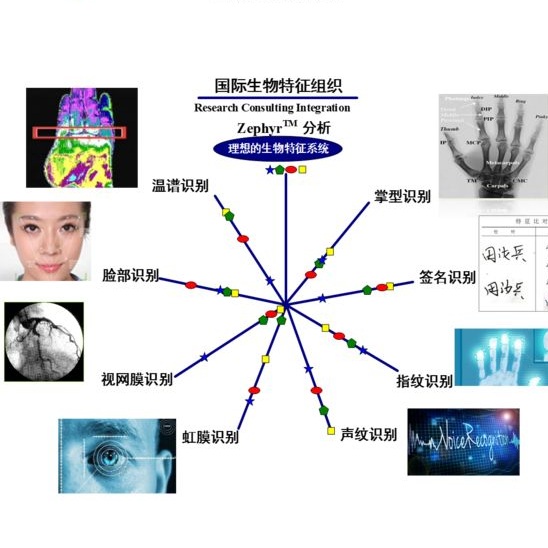Biometric recognition encompasses two operating modes. The first one is biometric identification which consists in determining the identity of an individual based on her biometrics and requires browsing the entire database (i.e., a 1:N search). The other one is biometric authentication which corresponds to verifying claimed biometrics of an individual (i.e., a 1:1 search) to authenticate her, or grant her access to some services. The matching process is based on the similarities between a fresh and an enrolled biometric template. Considering the case of binary templates, we investigate how a highly populated database yields near-collisions, impacting the security of both the operating modes. Insight into the security of binary templates is given by establishing a lower bound on the size of templates and an upper bound on the size of a template database depending on security parameters. We provide efficient algorithms for partitioning a leaked template database in order to improve the generation of a master-template-set that can impersonates any enrolled user and possibly some future users. Practical impacts of proposed algorithms are finally emphasized with experimental studies.
翻译:生物测定识别包括两种操作模式。第一种是生物测定识别,包括根据个人生物测定方法确定个人身份,要求浏览整个数据库(即1:N搜索)。另一种是生物测定认证,相当于核实个人声称的生物测定方法(即1:1搜索),以验证她,或允许她访问某些服务。匹配程序基于新鲜生物测定模板和注册生物测定模板之间的相似性。考虑到二进制模板,我们调查一个人口稠密的数据库如何产生接近崩溃的情况,从而影响两种操作模式的安全。通过对模板尺寸设定一个较低的约束,并根据安全参数对模板数据库的大小设定一个上限限制,对二进制模板的安全进行了审视。我们提供了对泄漏的模板数据库进行分割的有效算法,以便改进总模板的生成,使任何注册用户和可能未来的用户都具有冒名。最后通过实验研究强调拟议算法的实际影响。


